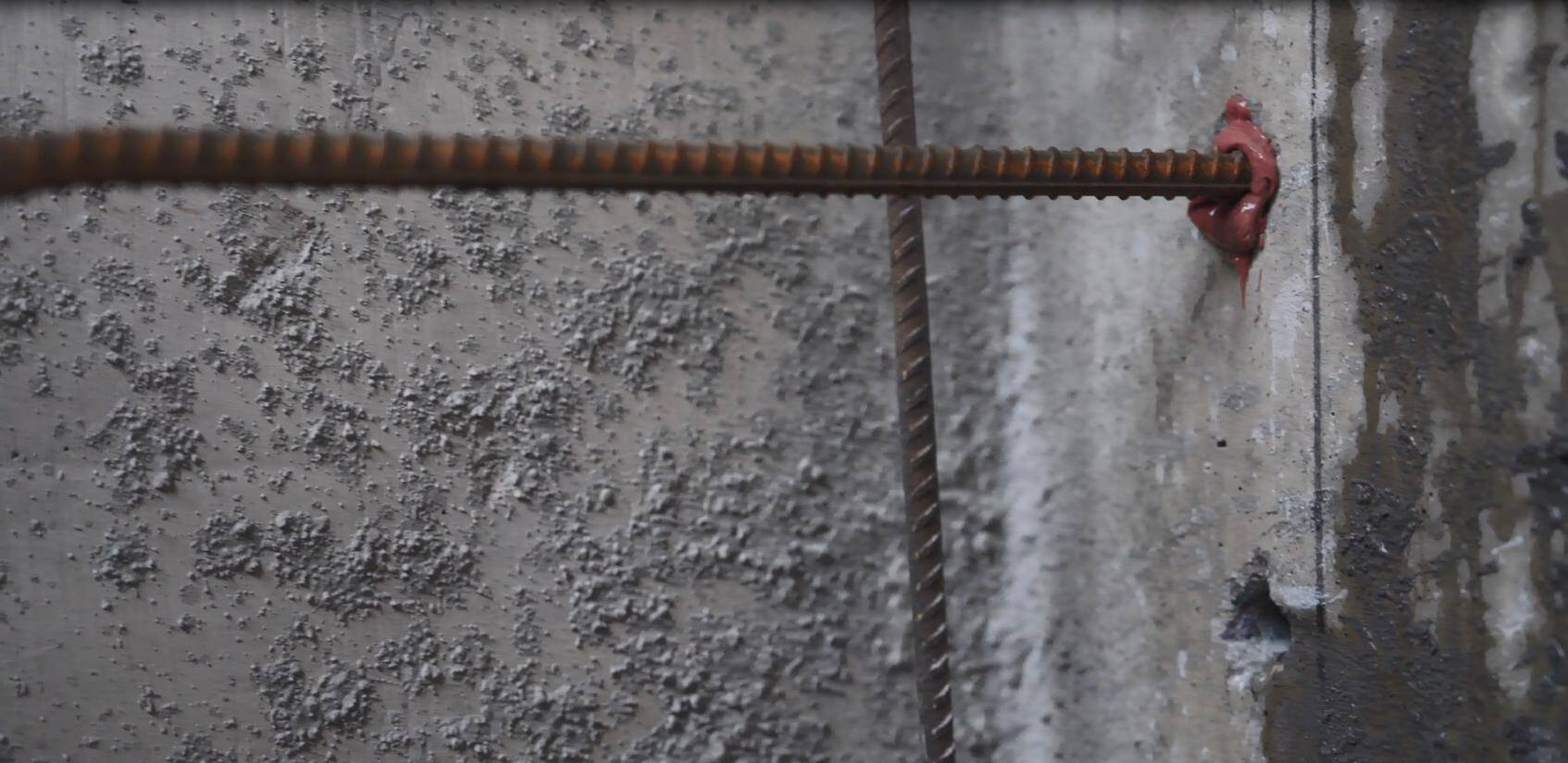Solutions
Horse Construction offers full range of structural strengthening materials with technical supports, documentation supports, products supports, project supports.
Rebar Anchoring: Securely Connecting New and Existing Concrete Structures

Rebar anchoring stands as a sophisticated structural connection technique, pivotal for integrating new reinforcement bars into existing concrete frameworks with precision and durability. This methodology, indispensable for structural retrofitting, seismic upgrades, and adaptive reuse projects, embodies the convergence of materials science and civil engineering excellence.
The procedural rigor begins with meticulous hole drilling, where diamond-tipped core bits are employed to achieve exacting diameters (typically 4-6mm over rebar diameter) and depths calibrated by engineering codes—such as ACI 318 or Eurocode 2—to ensure compliance with tensile and shear resistance requirements. Post-drilling, the holes undergo a triple-cleaning protocol: high-pressure air scouring, mechanical brushing, and solvent degreasing, eliminating micro-dust and contaminant layers that could compromise adhesive interfacial transition zones.
High-performance anchoring systems leverage advanced adhesives, including thixotropic epoxy formulations with nanomaterial modifiers or methacrylate-based resins designed for rapid curing. The injection process utilizes helical-tip applicators to create a vortex flow, ensuring void-free filling from the borehole base outward. Rebar insertion follows a controlled rotational motion (1-2 revolutions per second), which not only expels air pockets but also generates a mechanical interlock via adhesive extrusion into concrete micro-cracks.
During the curing phase, environmental parameters—temperature, humidity, and mechanical restraint—are strictly monitored to facilitate optimal polymer cross-linking. Post-cure, the anchorage system demonstrates exceptional load-bearing capacity, with pull-out test results often exceeding the rebar's yield strength. Finite element analyses confirm that properly executed rebar anchoring establishes a homogeneous stress transfer mechanism, enabling seamless integration of new structural members with existing substrates.
This technique redefines construction paradigms by enabling non-destructive retrofits, reducing embodied carbon emissions by 30-40% compared to demolition-based methods. In landmark rehabilitation projects—such as seismic upgrades of historical bridges or vertical extensions of high-rise buildings—rebar anchoring has proven instrumental in preserving architectural heritage while enhancing structural resilience. As smart construction evolves, sensor-integrated anchoring systems are emerging, embedding strain gauges to enable real-time monitoring of bond integrity, further elevating the technique to a cornerstone of sustainable infrastructure engineering.
You can find anything here you are in need of, have a trust trying on these products, you will find the big difference after that.

two-components modified epoxy resin adhesive, with high quality plastic tube, double cartridge package

Two-component modified epoxy resin adhesive, applied to chemical planting reinforcing bar and anchor bolt anchoring
